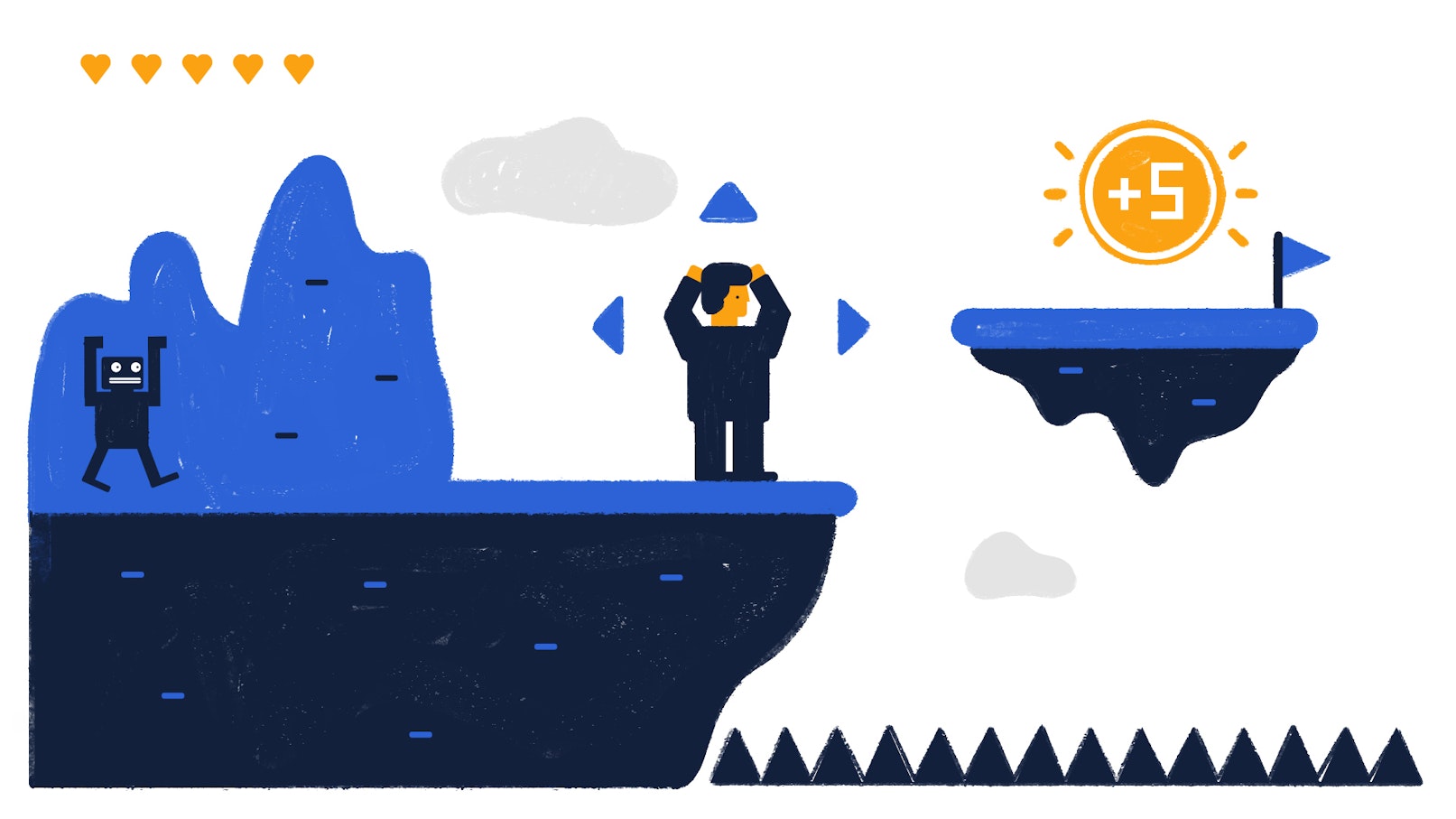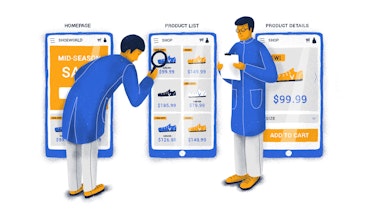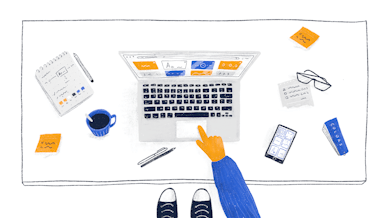Have you gone through all the basic methods to influence user behavior? Things like conducting A/B testing, playing with color schemes, adding a sense of scarcity in your messaging, and tactically placing triggers on your landing pages?
Still think you can do a better job of influencing how users interact with your product? You’re right, you can!
Here are 5 more effective methods you can use to draw and influence user behavior.
1. Use Social Proof
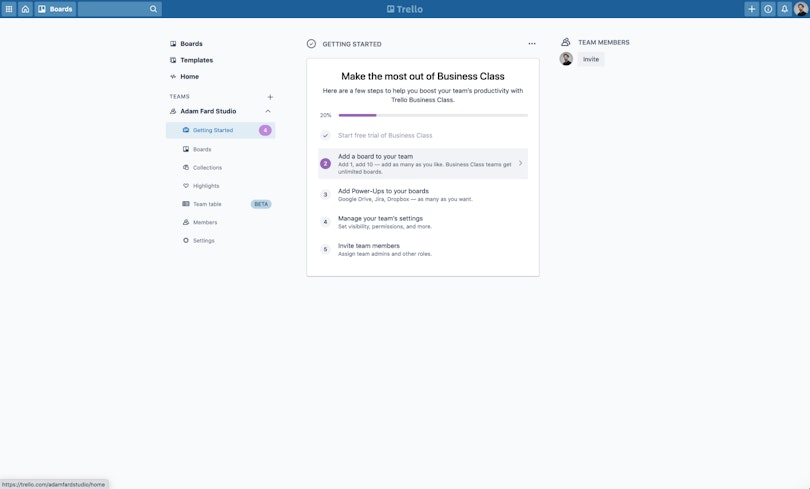
Have you found yourself in a situation where you rely on the opinions of others to make your own decision? Chances are that you have, consciously or not.
For instance, imagine you’re looking for a nice place to have dinner. You see two restaurants. One is busy with a long line of people waiting to get in, while the other is empty. Which restaurant do you go to? Your likely choice is the one with more people.
Why? If there’s a crowd of people patiently waiting for a table at the first restaurant, then the food must be really awesome. Similarly, if the other restaurant is empty, then surely the food must be bad, right? Naturally, you would opt for the former, even though your assumptions may be incorrect.
This is an example of social proof. Your decisions as a consumer are based on the behavior of those around you. In other words, you choose to follow the crowd to justify your choice in terms of time, money, and interest. So, if the majority of people say something is good — or bad — then the rest will generally take their word for it.
“The dominant social force that drives our thinking and our actions is the unconscious search and need for social proof.”
— Dragos Bratasanu
The good news is that social proof is a powerful tool you can use to influence users’ behavior. Try getting existing users to write reviews, include testimonials on your website, and share case studies. Get news of your product out there, and you’re sure to see a spike in interest and sales.
2. Follow the Peak-End Rule
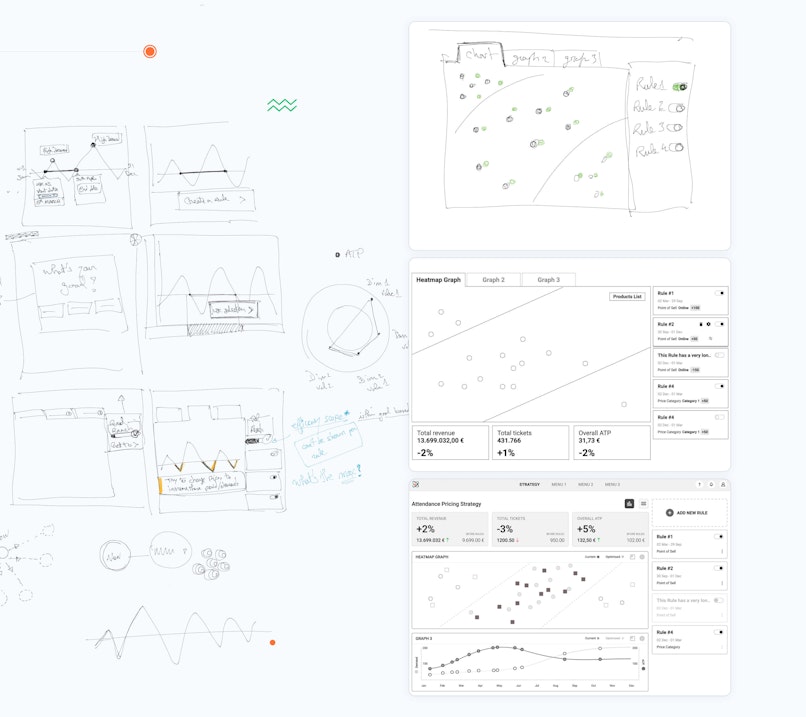
The peak-end rule is a psychological heuristic developed by Nobel Prize-winning psychologist Daniel Kahneman. According to Kahneman, every person has two selves:
The experiencing self is a fast, intuitive, unconscious mode of thinking and experiencing that is focused on moments as they are unfolding in the present. The experiencing self rarely converts experiences into memories.
The remembering self is a slow, rational, conscious mode of thinking that transforms intense moments into memories. These memories then influence the decision-making process.
In simple terms, the peak-end rule is a psychological heuristic that looks at how people remember an experience. This idea suggests that users generally remember the “peaks” of an experience and its “end,” rather than the experience as a whole. The peaks of an experience are usually the most emotionally intense points of an experience — positive or negative — while the end refers to the final moments of an experience.
For example, let’s say you go out to buy ice cream. Your mind doesn’t care about how long it took you to reach the ice cream parlor or how long it took you to eat the ice cream. What your mind does cares about, though, is if it was a good experience and if it ended well. Namely, did you enjoy the ice cream, or did you get it all over your favorite shirt?
This is the kind of information that will impact your ice cream decisions in the future. You won’t remember how much the ice cream cost, who was standing over the counter, or what color shirt you were wearing. What you will remember is the emotion that the experience evoked.
“People will forget what you said. They will forget what you did. But they will never forget how you made them feel.”
— Maya Angelou
Therefore, in order to influence your users, you need to stir a strong enough emotion so the experience eventually becomes a memory. To make the most of the peak-end rule, use story mapping to design an emotional peak and a satisfying end for your users’ experience.
3. Try Gifting

One of the cornerstones of successful businesses is that you have to give before you can take. By developing a rewards program for loyal users or offering users freebies every now and then, you can:
Create positive brand awareness. By giving out something for free to your users, such as a free trial or e-book, you are actually promoting your brand and generating positive buzz.
Inspire users to try new products. Offering free samples of your new product will make users more inclined to give it a go. This approach allows users to try before they commit. If they like the free product, they will be more likely to look into your other products.
Improve consumer relationships. Gifting is an effective way to connect with your users, as the gesture encourages loyalty and trust. Additionally, users who receive a free gift feel a greater urge to reciprocate by either paying for your product or sharing their positive experience with other users.
Foster buying habits. Letting users get a taste of your product for free is actually one of the most effective promotional methods. If the user likes your product after a free trial or sample, then chances are that they will be more than happy to purchase it and future products.
Freebies and gifts are a powerful way to influence users into meaningful interactions with your product. Plus, freebies can be hard to resist. So, use the art of gifting to your advantage and keep users interested.
4. Spark Curiosity
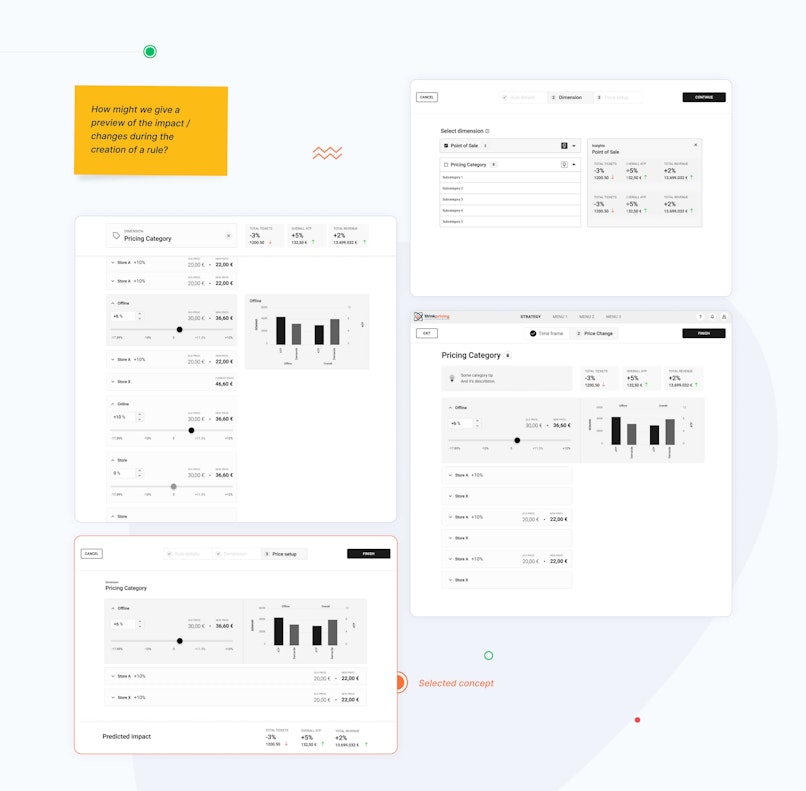
Curiosity is another method to influence your users. This is because the human decision-making process is driven by emotion and intelligence. However, when push comes to shove, emotions nearly always prevail over intelligence. It’s just the way the human brain works. Users would much rather find out the answer to something — regardless of how good or bad it is — than to be kept on ice.
Curiosity is undoubtedly a powerful driver of conversions. Give users an itch, and they’ll be more than happy to scratch it.
5. Offer Delighters
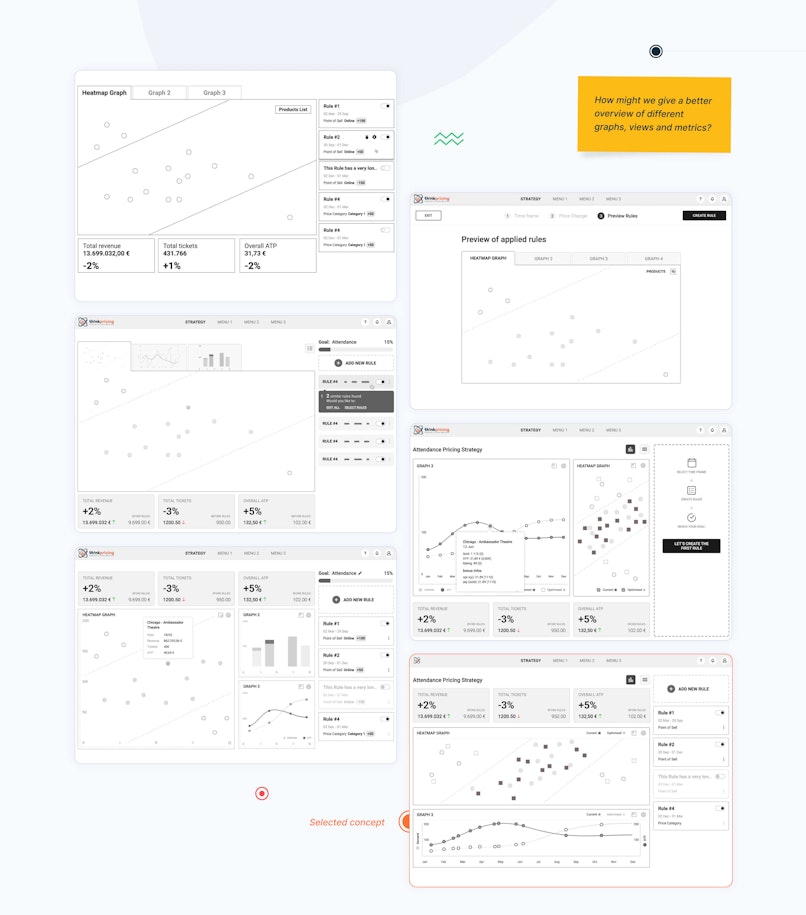
Sometimes all it takes to influence users is to keep them happy. Offering simple delighters is a great way to meet — and surpass — users’ expectations. Here are a few tips for designing a product that users will love using:
Intuitive flow. Make sure your users enjoy using your product by enabling them to achieve their objectives easily and comfortably on their own, with little to no assistance.
Personality. Every design has its own personality in the form of typography, colors, graphics, and other design elements. Adding your personal touch does help increase influence.
Functionality. Prioritize usability when designing your product to ensure the product is easy to use and provides an overall delightful user experience.
Humanization. Allow users to connect to your product emotionally by developing a more human experience for users, such as offering face recognition or a voice user interface.
Users remember and respond to the small, unexpected, and playful pleasures in your design. So, focus on designing a user-friendly product that is intuitive, fun, and easy to use. This will help you get users’ attention and influence their actions.
Final Say
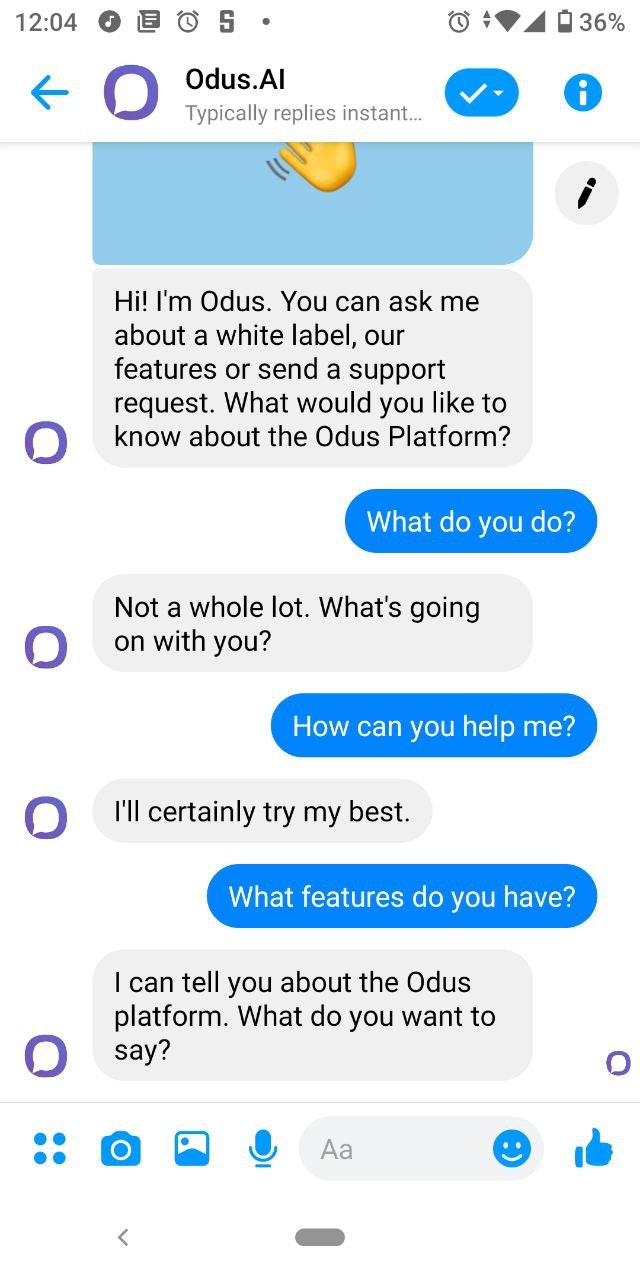
Try these 5 methods to influence users and see how their behavior changes. Will user sessions be longer, interactions greater, and conversion rates higher? You might just be pleasantly surprised by the results.

